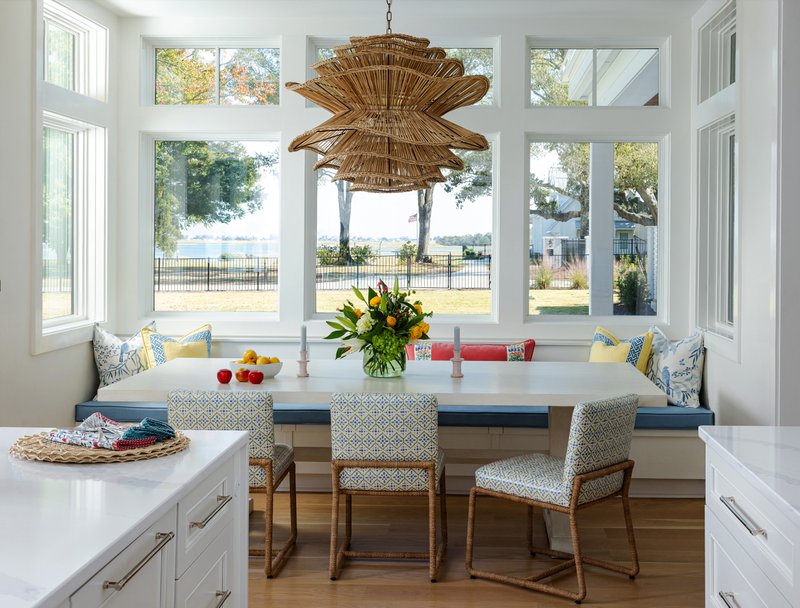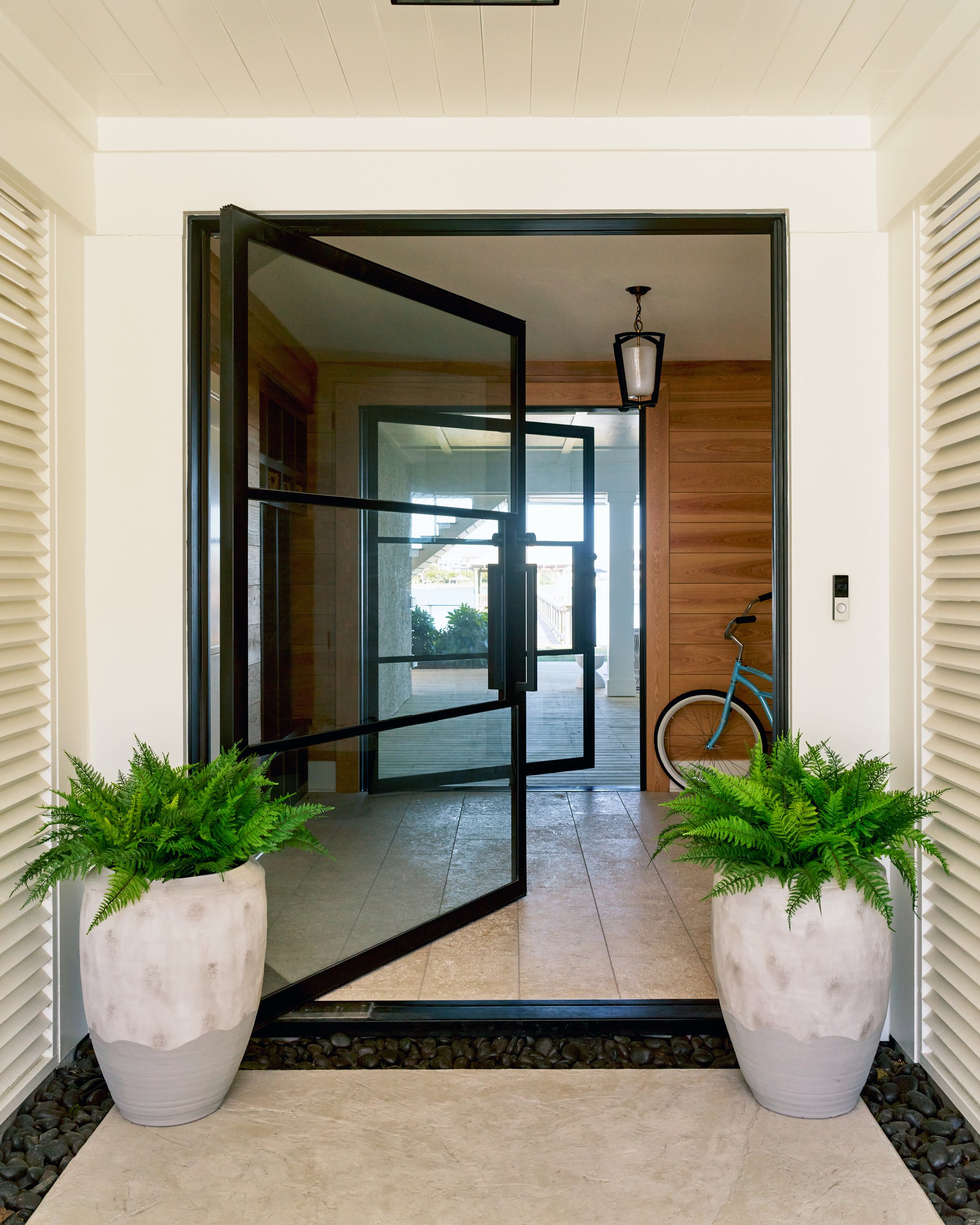Life along the shore offers breathtaking views and a connection to nature that few other settings can match. Yet coastal homes face unique challenges, especially when it comes to sound. From the constant crash of waves to howling winds and the impact of seasonal storms, managing noise in design is essential for creating a comfortable, livable home. The right strategies can transform a coastal retreat into a sanctuary that feels serene inside, even when nature is at its most dramatic.
Why Noise Control Matters in Coastal Homes
Noise in coastal homes is different from the sounds of a busy street or city traffic. Here, the environment itself creates both soothing and disruptive effects. Gentle waves may lull you to sleep, but strong winds rattling the siding or a storm pounding against the exterior can cause stress and discomfort. Over time, unmanaged noise can affect sleep quality, concentration, and even long-term health.
A well-planned coastal home design addresses these challenges early in the building process. Architects and builders can incorporate soundproofing materials, structural reinforcements, and thoughtful layouts to ensure the home stays peaceful year-round.
Building Materials that Reduce Noise
The foundation of a quieter coastal home begins with construction materials. High-quality materials do more than add strength; they also create barriers to sound.
Materials commonly used for sound control in coastal homes include:
- Insulated concrete forms (ICFs): Dense and durable, offering excellent resistance to both wind and sound.
- Impact-resistant windows: These reduce storm noise while doubling as protection against flying debris.
- Fiber cement siding: Strong against coastal weather and less likely to vibrate in high winds compared to lighter materials.
- Acoustic insulation: Specialized insulation in walls and ceilings helps minimize the transmission of outside noise.
Choosing the right mix of these materials ensures that a home feels solid and quiet, even when the weather outside is turbulent.

Window and Door Placement in Coastal Homes
Windows and doors are often the weak points when it comes to soundproofing coastal homes. Large glass panels are attractive for showcasing views of the water, but they can also amplify noise if not designed properly.
Design strategies include:
- Using double or triple-pane glass: Creates layers that block both air and sound transfer.
- Positioning windows away from prevailing winds: Reduces direct impact during storms.
- Installing high-quality seals and weatherstripping: Prevents whistling noises caused by air leaks.
A home built with noise control in mind balances openness to the outdoors with thoughtful protection against harsh elements.
Interior Layout and Noise Flow
Noise management doesn’t stop at the exterior. Interior design plays a significant role in how sound travels through a home. Coastal homes benefit from layouts that direct louder areas, like kitchens, living rooms, and entertainment spaces, toward the side facing natural noise sources, while placing bedrooms and quiet zones further away.
Effective strategies include:
- Positioning bedrooms away from ocean-facing walls.
- Using hallways and storage spaces as buffers between noisy and quiet areas.
- Adding rugs, upholstered furniture, and curtains to absorb sound inside.
These simple adjustments help maintain a peaceful environment even when exterior sounds are unavoidable.
Storm-Ready Design for Coastal Homes
Storms present a special challenge for noise control. High winds, driving rain, and debris impact create sudden, intense sound levels that can be overwhelming. Building a storm-ready home not only ensures safety but also improves noise protection.
Key storm-ready noise-reducing features include:
- Storm shutters or impact glass: Reinforces windows against pressure and reduces how much storm noise enters.
- Reinforced roofing systems: Prevents rattling and wind whistling.
- Solid-core doors: Block storm noise better than hollow alternatives.
These features are part of long-term resilience, keeping coastal homes secure and comfortable during unpredictable weather.
List: Quick Ways to Make Coastal Homes Quieter
For homeowners seeking immediate improvements, these steps can make a noticeable difference:
- Upgrade weatherstripping and seals on all windows and doors.
- Install heavy curtains or layered window treatments.
- Add rugs and carpets to soften noise reflection.
- Use acoustic panels in entertainment or open-plan areas.
- Incorporate landscaping, like hedges or trees, to buffer wind noise outside.
While these changes don’t replace structural soundproofing, they add an extra layer of comfort.

Long-Term Benefits of Sound-Smart Design
Investing in noise management for coastal homes does more than improve day-to-day comfort. It adds property value, protects against weather-related damage, and enhances overall quality of life. Quiet interiors mean restful sleep, better focus when working from home, and a more enjoyable environment for family gatherings. For those who spend significant time at their coastal property, these benefits are invaluable.
Building Coastal Homes That Balance Beauty and Comfort
Designing coastal homes is about more than aesthetics. True comfort comes from thoughtful planning that accounts for wind, waves, and storms. Noise control should never be an afterthought because it is a critical part of creating a home that feels safe, serene, and enduring.
At Konrady & Son Construction, we understand the unique challenges of building in coastal environments. From custom homes to renovations and storm protection, our team ensures that every project balances beauty with resilience. Let us help you build the home of your dreams! Contact us today.
Leave a Reply Cancel reply
site design
Monday - Friday
8:00 AM- 5:00 PM
435 Eastwood Rd
Wilmington, NC 28403
